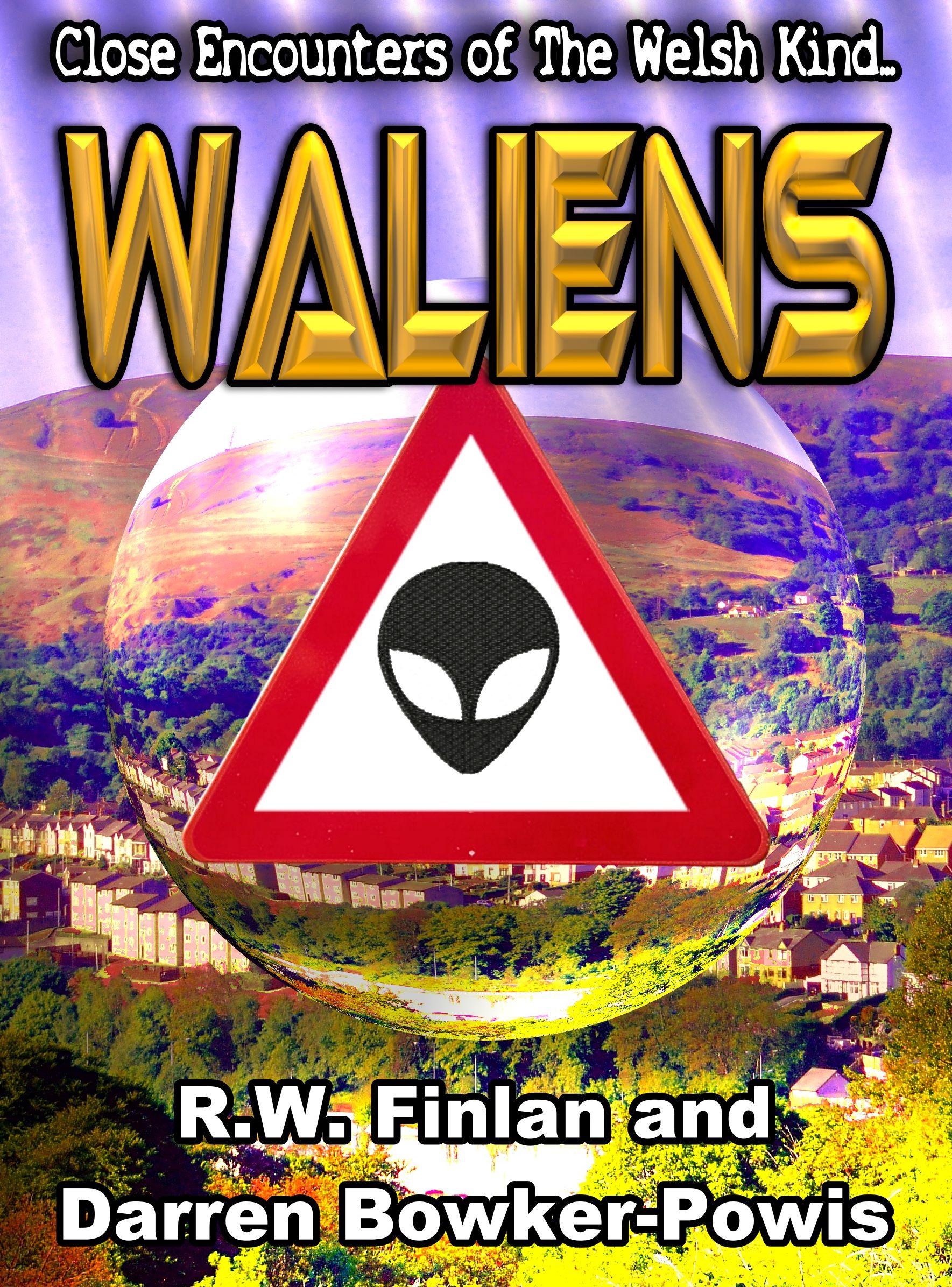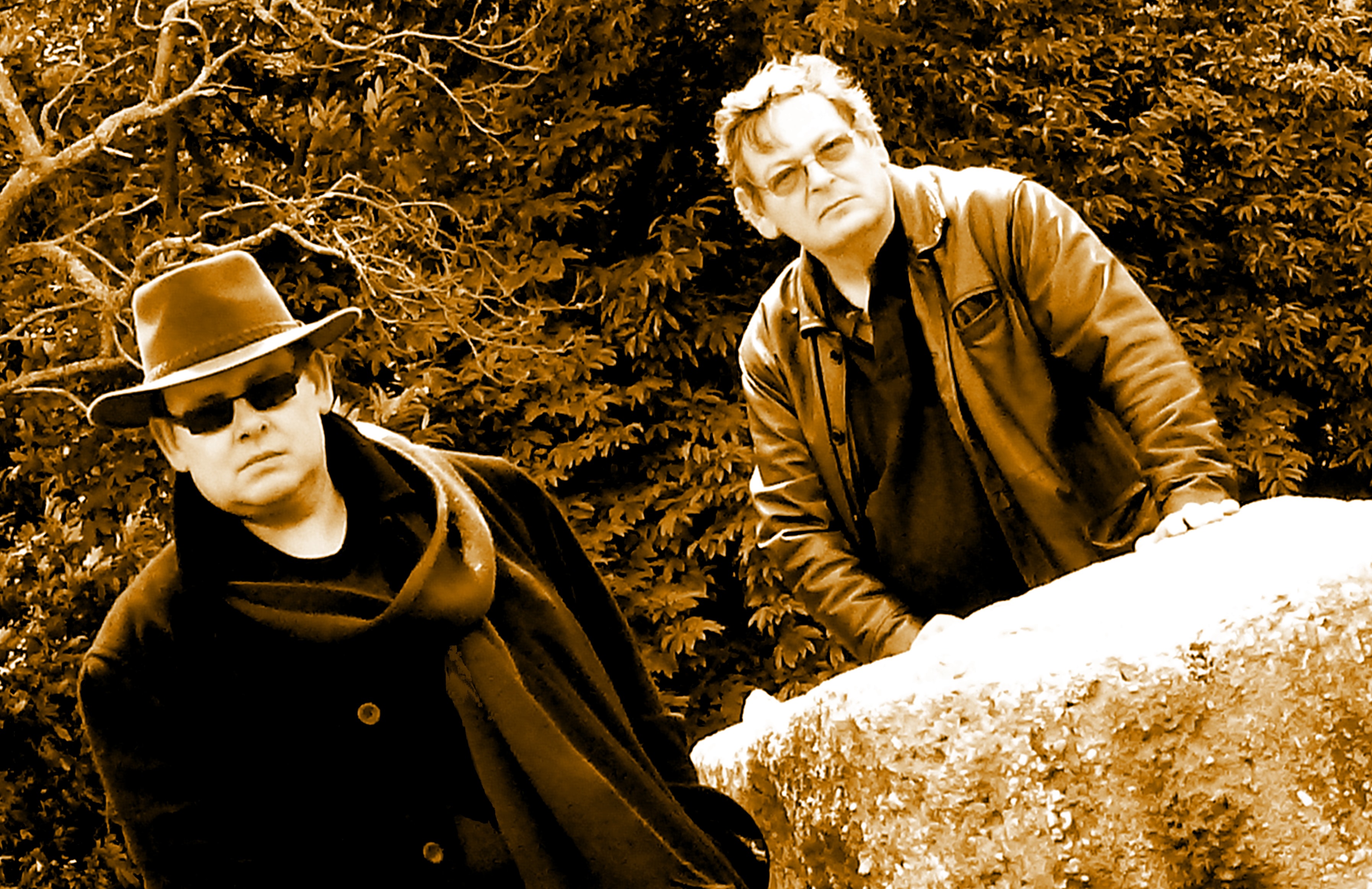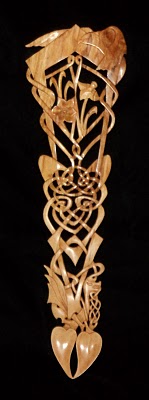Blogs
500 MILLION YEAR OLD WELSH SLATE MONOLITH STARTS ITS JOURNEY FROM BLAENAU FFESTINIOG TO THE NATIONAL MEMORIAL ARBORETUM NEAR LICHFIELD.
A Welsh slate monolith has been selected for a new memorial for 1st The Queens Dragoon Guards (The QDGs) soon to be erected at the National Memorial Arboretum near Lichfield.
Welsh Slate was considered appropriate for this regiment which was originally raised in 1685,and assumed its present name in 1959 after amalgamation. The Regiment has had a very colourful history in its short existence. The Cavalry Regiment of the Wales and Border Counties has seen action all over the world and the new monument will be for those who have lost their lives whilst serving their country.
Inigo Jones & Co Ltd were approached for their assistance by the regimental solicitors. Gamlins Solicitors LLP in Bangor as Gamlins knew that Inigo Jones are a specialist slate company.
The monolith is 3.5 metres tall and weighs about 2 tons.
Inigo Jones & Co Ltd and Cwt y Bugail Cyf jointly agreed to donate this stone to 1st Queens Dragoon Guards.
Dewi Williams who currently operates the slate quarry at Cwt y Bugail said
We are absolutely delighted to have helped the Queens Dragoon Guards by partly donating this Welsh slate to the brave soldiers of this Welsh Regiment and look forward to seeing it in its place in Lichfield in the near future
Lt Colonel W.R.Brace MBE. BEM the Regimental Secretary of the Queens Dragoon Guards came to Blaenau Ffestiniog to witness the welsh slate commencing its journey to Cardiff for engraving before it is erected in Lichfield.

Americymru: Your first published collection of poems Lull of The Bull has been very well received and reviewed. Do you have any further works in preparation?
Paul: I am currently working on another collection of poems, provisionally entitled "My Enclave". I hope that this will appear in the summer of 2011. It will be a more claustrophobic, introspective, partisan and surgical work than my debut.
Americymru: Care to explain the significance of the title - "Lull of The Bull"?
Paul: Firstly, I consider it to be internal poetry in a small way in itself, almost musical in a Middle Eastern by way of West Wales route. Secondly, I live in a rural area and am of farming ancestry but have no practical experience of this former family lifestyle like many of my contemporaries though we are surrounded by farms our families used to own. Thirdly, it could be a comment on artificial insemination, emasculation, enforced celibacy and the changing roles of both genders, more pertinently the male in this case. Essentially, I don't really know. I just write the stuff, waiting for shapes to appear in a log jam of words. I like the look and sound of it like a magpie might. I prefer the reader to reach his or her own conclusions.
Americymru: For my money one of the most interesting and powerful poems in the collection is:- "I Opened My Mouth and Set Free Twenty Thousand Demons Who Had Accompanied Me Thus Far" Can you tell us a little more about the poem?
Paul: This poem is the result of a planned one hour session of instant writing, all the baggage of that moment saved up for one Friday midnight. This partly explains its apparent randomness and disconnectedness and it is a precursor of much of my present favoured method of writing. The title refers to a cathartic process which is ongoing. I guess that some of what I write makes no linear sense which is how I and the Druids like it.
Americymru: I must ask you about 'Bombstar' . A great poem and a strong lyric. Was it written with musical adaptation in mind? Do you plan to adapt more of your work in the future?
Paul: "Bombstar" was not written with musical adaptation in mind. I would like to collaborate with more songwriters as I feel this is an exciting way of presenting my words.
Americymru: What significance does 'Y Gododdin' have for you personally and in your writing?
Paul: That epic poem speaks to me of a different, heroic age. It describes a glorious, doomed raid on the invader at a time when Wales could have been independent had it been united or even existed, a recurring theme. I don't dream of going back there that often but sometimes feel an outsider in my own land . The stylised depictions of weapons, armour and carnage have informed some of my own imagery as has my own personal collection of edged weapons, itself a response to that age, that poem.

Americymru: On your website there are a number of short stories. Is this a genre that you plan to explore further?
Paul: I am interested in exploring the short story genre more fully. Ultimately I'd like to publish a collection of short stories but that's some time off.

Americymru: What's next for Paul Steffan Jones?
Paul: I intend finishing "My Enclave" as soon as possible and ensure it doesn't turn into a sort of "Gangster Gododdin"! I am experimenting in poems culled from excerpts from magazines. I'm eager to resume writing in Welsh. I will be involved in industrial action against Government cutbacks soon, no doubt. I hope to pick up a long story called "Lovetown" I'm not writing and do more photography, using it differently. I have a number of poetry readings in Pembrokeshire in the coming months and have ambitions to take the poems overseas. Oh, and some romance and adventure would not go amiss, either.
Americymru: Any final message for the members and readers of AmeriCymru?
Paul: Lull of the Bull is available at starbornbooks.co.uk . I'm glad to be on Americymru and am delighted at the interest shown in my country. I am a Welsh speaker and am happy to receive communications in that language.
The winner for this year's Left Coast Eisteddfod Lovespoon is Kathy Bushman of Milwaukie, Oregon!
Kathy is an AmeriCymru member and purchased her winning ticket at this year's Night of the Living Bards event in Portland, Oregon. "I've never won anything in my life and this is so beautiful, I can't believe it's mine! Thank you so much and thank you so much to the artists who made this!"
This is the second year for the Left Coast Eisteddfod and the Left Coast Eisteddfod Lovespoon, a custom started by artist David Western of British Columbia, who was joined this year by artist Laura Jenkins-Gorun , of Ohio. David has been a well-known lovespoon carver for many years, his work has been commissioned all over the world and appears in museum collections, including St. Fagans in Wales, he teaches carving and is the author of Fine Art of Carving Lovespoons .
We very gratefully thank David and Laura for their very great contribution to the Left Coast Eisteddfod, for their hard work and their incredible, incomparable art.
This Year's Spoon
Welsh actor Rhys Ifans has just been confirmed to play a character called The Lizard, a villain in the upcoming Spiderman movie. Spiderman 4 for those keeping track.
The term Sin Eater does sound like the title of a dodgy horror film. In fact perhaps it is. I wouldnt know. But I came across it in a news item on the BBC last month (September 2010)
It is a fascinating idea and perhaps you will not be surprised to learn that this ancient tradition survived in the east of Wales and just over the border in Shropshire and Herefordshire longer than anywhere else. Indeed, it was still practiced into the early 20th century.
It is a bizarre adoption process I suppose. After a death someone would be paid to eat and drink over the body. As a result of the ritual the sin eater would take on the sins of the dead person and their soul would then be able to rest, free of sin. The church wasnt that keen on the idea but often the local vicar would turn a blind eye in order to keep his parishioners happy.
Often the ritual was performed by a beggar, although some villages had a resident sin-eater. They would turn up at the bedside, where a relative would place a crust of bread on the chest of the dying and pass a bowl of beer to him. I imagine that if you thought you were just a bit under the weather and the sin eater was lurking in the background, waiting for a snack, you would start to worry. Anyway, after praying or reciting the ritual, he would then drink and eat the bread, thus adopting the sins of the dying.
As I said, it was mentioned on the BBC in connection with the grave of Richard Munslow who died in Ratlinghope in 1906. The grave stone has recently been restored since he was a well known farmer in the area who had a second career as a sin eater, munching on scraps of bread whilst others squabbled about the inheritance. I would have thought that for those with rather more interesting lives, a three course meal would have been more appropriate than a dry crust in order to absolve them of sin, but perhaps I am being unkind. However, I have to say it is odd to think that this sort of thing was going on in the lifetime of my grandparents.
I end this piece with this passage by B.S. Puckle in a book called Funeral Customs (1926) which goes to show how odd people can be.
"Professor Evans of the Presbyterian College, Carmarthen, actually saw a sin-eater about the year 1825, who was then living near Llanwenog, Cardiganshire. Abhorred by the superstitious villagers as a thing unclean, the sin-eater cut himself off from all social intercourse with his fellow creatures by reason of the life he had chosen; he lived as a rule in a remote place by himself, and those who chanced to meet him avoided him as they would a leper. This unfortunate was held to be the associate of evil spirits, and given to witchcraft, incantations and unholy practices; only when a death took place did they seek him out, and when his purpose was accomplished they burned the wooden bowl and platter from which he had eaten the food handed across, or placed on the corpse for his consumption"
A bit mean when all is said and done. You provide a valuable service and this is how you are treated. No wonder that as a career option it never really caught on.

Life in the Coal House reminds us of those pleasant and not so pleasant experiences and contains the family’s personal photographs. The experience certainly changed the family’s way of thinking. Debra comments, “I look at things differently now… having lived in circumstances where I know that, if the fire went out, there would be no food for the family, well, that does change your outlook on all sorts of things. I really appreciate thinks now that I used to take for granted.”
Cerdin adds, “I’m extremely proud of the way that my family coped with their various experiences in the Coal House… the children went through massive changes, like speaking another language as well as adapting to a whole new way of living, and they did all this without complaining or protesting too much.”
Life in the Coal House may make interesting reading for the Snowdonia house incumbents. Life in the Coal House retails at £3.95 and is published by Y Lolfa in October 2010.

We have been making the most of the glorious late Autumn sunshine here on Gower.
As soon as the dog-ban is lifted on the wonderful beaches we take the three Yorkies down to the local beaches for a blast on the expanse of sand at low tide. Many are less than 10 minutes drive by car.
The fishermen were hoping to catch Bass on Caswell Bay .... yesterday we talked to fishermen on the pier alongside where the Cork Ferry docks in Swansea Docks, and they were catching Ray, Plaice and Eels!
I love this photo and I hope you like it too!
Rhianne

2 . How long has Daric been publishing. Care to tell us a little about your history?
DBP : " Richard and myself are both former journalists. We first worked together on the Pontypool Free Press and have been friends ever since. Our first book together, Weird Tales from Weird Wales, was a collection of spoof newspaper stories from a paper in a fictional Welsh town. We later expanded on the idea by writing a novel set in the same fictional Welsh town.
The idea for Waliens has been buzzing around my head for over twenty years, but I struggled for a long while to get in down on paper. I talked about it with Richard and with the addition of his ideas and suggestions, everything just clicked into place. We decided to write it jointly and drew on well documented Welsh UFO cases such as The Dyfed Triangle and The Berwyn Mountains incident, along with some less well known ones closer to home, in Cwmbran, Varteg and Trevethin. The panic and paranoia depicted about alien invaders in the story is something of comment about the prejudices and fears some people have about immigration, but overall, Waliens is meant to be an entertaining read and not a soap-box lecture.
RWF : " It is basically a satire on current trends within the newspaper publishing industry and the running down of Welsh industry. There are a number of social issues which we address such as the paranoia of an alien race taking over. But it is intended to be a fun and light read. "
4. You recently published 'Return of The Kin'. Who are the Kin?
5. Would you say that Wales has a rich tradition of horror/fantasy or imaginative fiction? If so who would you recommend to our readers?
6. Are you currently looking for manuscripts or will you be in the near future?
7. Who are you reading at the moment?
8. Where can our readers go to get Daric titles?
9. Any final message for the readers and members of AmeriCymru?

Left Coast Eisteddfod Short Story Competition 2010 ....And The Winner Is......
By Ceri Shaw, 2010-10-12
"Dear Ceri ,
The runner up is Ceri Norman's Carn Ingli/Hill of Angels There were also honorable mentions for " It Only Hurts When They Play Love Songs" by Maude Larke and "Opportunity Knocks" by Neil Forbes.



